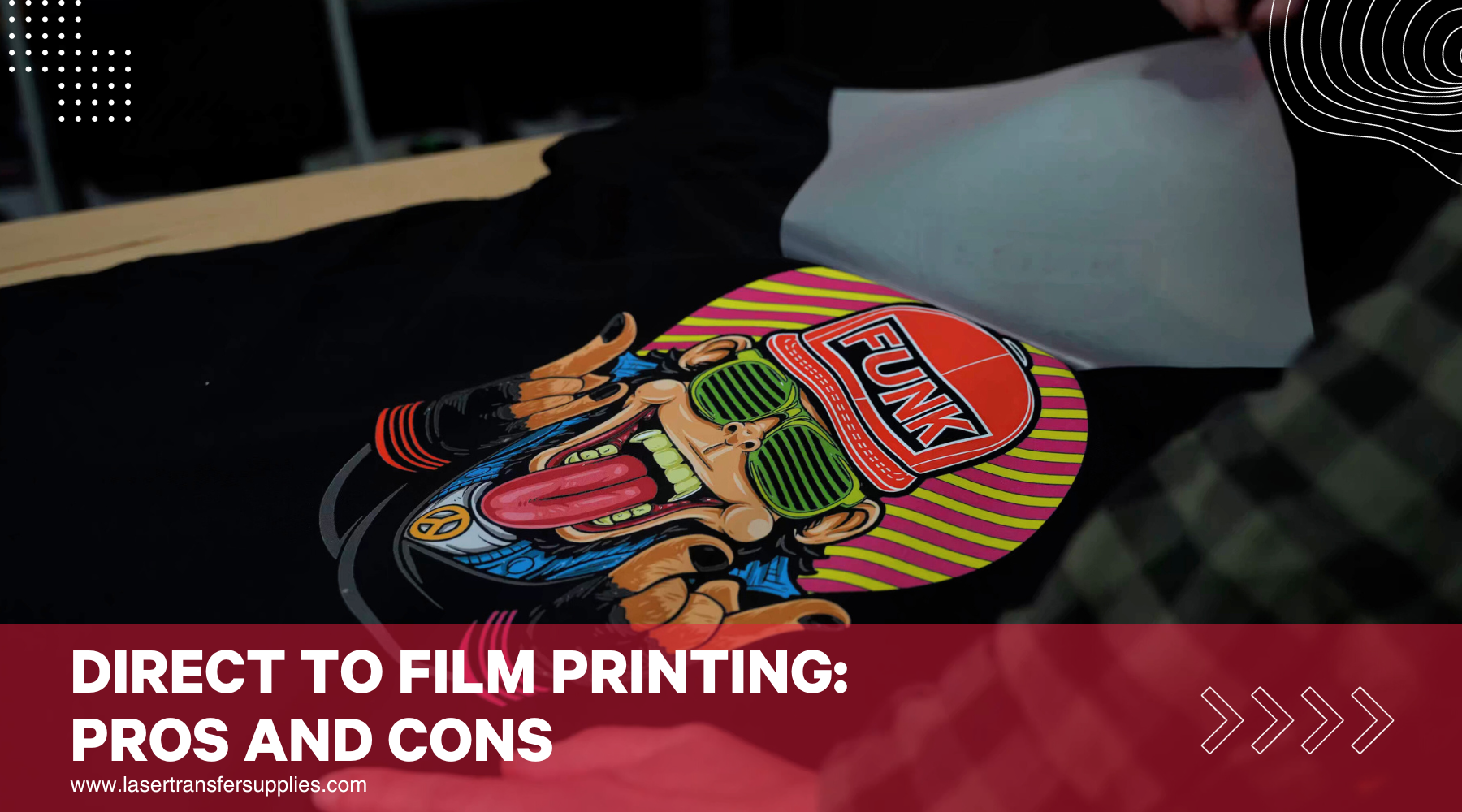Ultimate Guide to DTF Printing Methods for Magnificent Textile Layouts
Getting started on the trip of mastering DTF printing strategies can open up a world of opportunities for creating visually captivating textile designs. In this guide, we will discover the detailed details of DTF printing, from grasping the essential essentials to unraveling progressed color strategies that can raise your styles to brand-new elevations.
Recognizing DTF Printing Fundamentals
DTF printing, a process that involves transferring layouts from an unique movie to fabrics using heat and pressure, develops the foundation of fabric printing strategies. The very first step in DTF printing includes developing or picking a design that will certainly be published onto the textile.
The final result is a sensational, durable fabric layout that is cleanable, flexible, and resistant to fading. In general, comprehending the fundamentals of DTF printing is necessary for understanding this modern-day fabric printing technique.
Selecting the Right Fabric Products
Having established the fundamental concepts of DTF printing strategies for fabric layouts, the following essential factor to consider depends on picking the ideal fabric products to enhance this cutting-edge procedure effectively. The success of a DTF print largely depends on the compatibility between the chosen fabric and the printing technique. When picking fabric materials for DTF printing, it is vital to think about the fabric's make-up, weave, and appearance. Fabrics that work well with DTF printing include polyester blends, spandex, nylon, and various other artificial materials. These fabrics generally have a smooth surface that permits for in-depth and dynamic prints. Additionally, the stretchability of these materials can suit the warmth transfer process associated with DTF printing without distorting the layout. It is suggested to avoid all-natural fibers such as cotton or silk, as they may not yield the very same level of print quality and longevity. By picking the best textile materials, developers can optimize the potential of DTF printing to develop magnificent and durable textile layouts.

Mastering the Printing Refine
To master DTF printing strategies for fabric designs, grasping the printing procedure is vital for accomplishing regular and top notch results. The printing process in DTF includes several essential actions that call for precision and interest to information. First of all, preparing the art work for printing is vital. This consists of ensuring the layout is properly sized and positioned for the fabric. Next off, the layout is published onto an unique DTF movie using a compatible printer with the ideal settings to accomplish optimum shade vibrancy and clearness (DTF Printing). As soon as the style is printed, it is then transferred onto the fabric using a heat press machine. The temperature, stress, and period of warm application need to be meticulously regulated to make certain correct bond of the style to the textile. Additionally, understanding the peeling off procedure after warm pressing is essential to avoid any type of damage to the layout or material. By developing each of these action in the printing procedure, developers can constantly produce sturdy and sensational textile designs with DTF printing strategies.
Enhancing Styles With Color Strategies

Additionally, explore shade slopes can bring a feeling of motion and fluidness to the layout. By mixing shades flawlessly, a slope result can be attained, including a vibrant and modern-day touch to the fabric style. Furthermore, using color blocking techniques can create striking and bold visuals by comparing various strong shades in unique areas of the style.
Additionally, integrating metallic or neon shades can supply a special and captivating element to the fabric you could try these out style, making it stick out and show a sense of vibrancy. When purposefully applied, these shade techniques can elevate the overall visual allure of fabric styles, making them more exciting and unforgettable.
Troubleshooting Common DTF Printing Issues
After exploring numerous color strategies to improve fabric styles, it is important to deal with usual DTF printing problems that might occur throughout the production procedure. One usual problem is inadequate adhesion, which can arise from improper treating times or temperatures. To solve this problem, make sure that the curing settings are exact and that the sticky made use of appropriates for the certain fabric being printed on. An additional frequent challenge is shade inconsistencies, where colors might show up differently than anticipated. This can be triggered by incorrect color my sources accounts or setups in the printing software. To tackle this, confirm the shade setups and profiles to ensure they match the designated layout. Additionally, issues with picture quality and sharpness can occur because of low-resolution photos or inappropriate printing techniques. To address this, constantly make use of top quality pictures and readjust the printing settings for optimum clarity. By knowing these typical troubles and applying the necessary troubleshooting steps, you can enhance the overall quality of your DTF printed textile designs.
Verdict
In final thought, mastering DTF printing strategies is vital for find more info developing sensational fabric styles. With technique and interest to detail, one can produce special and gorgeous fabric styles utilizing DTF printing techniques.
Styles))))
DTF printing, a procedure that involves moving layouts from a special movie to textiles utilizing warmth and pressure, develops the structure of textile printing techniques.Having actually established the fundamental principles of DTF printing methods for fabric layouts, the next important factor to consider lies in choosing the proper fabric materials to match this cutting-edge process efficiently. By choosing the appropriate textile materials, designers can maximize the capacity of DTF printing to produce magnificent and long-lasting fabric styles.
To succeed in DTF printing strategies for fabric designs, mastering the printing process is vital for accomplishing top quality and constant results. DTF Printing. By refining each of these actions in the printing procedure, developers can constantly generate magnificent and sturdy textile designs with DTF printing techniques